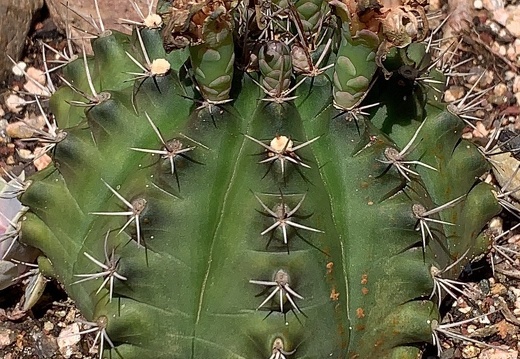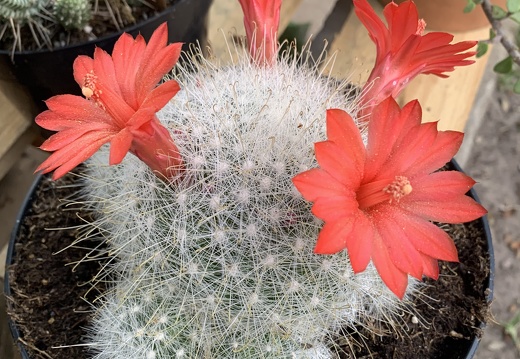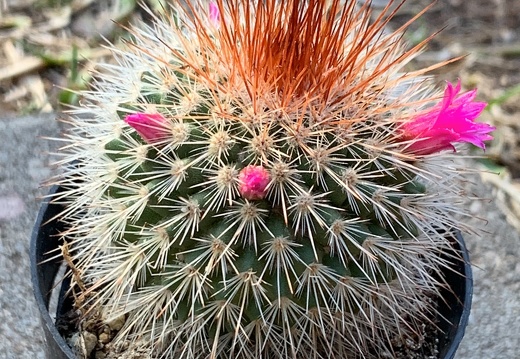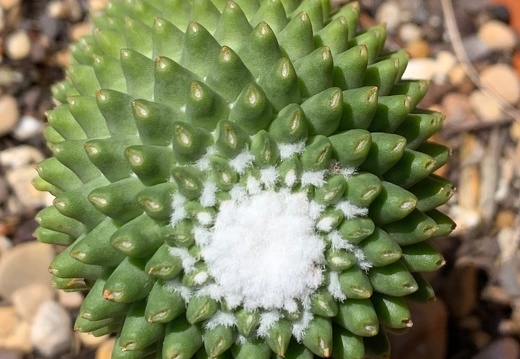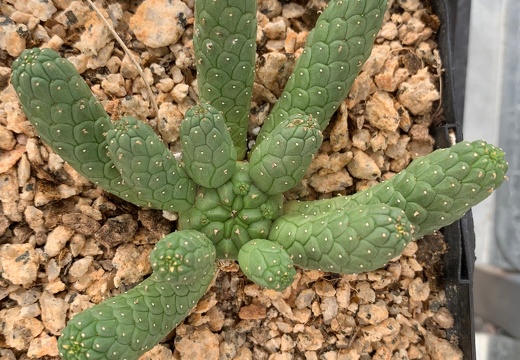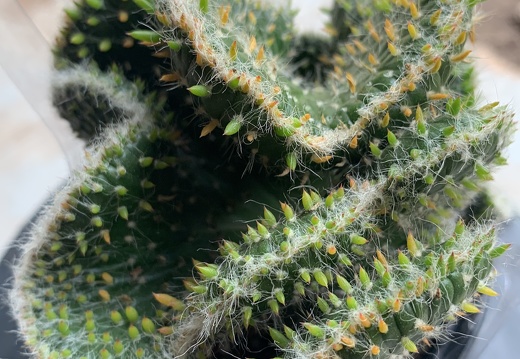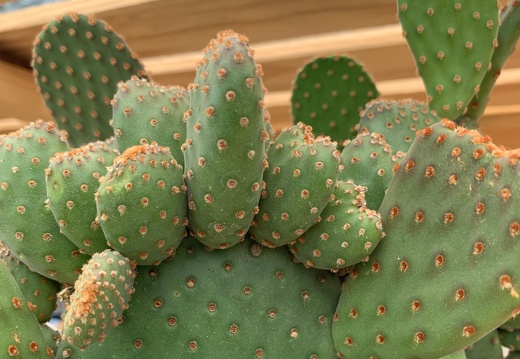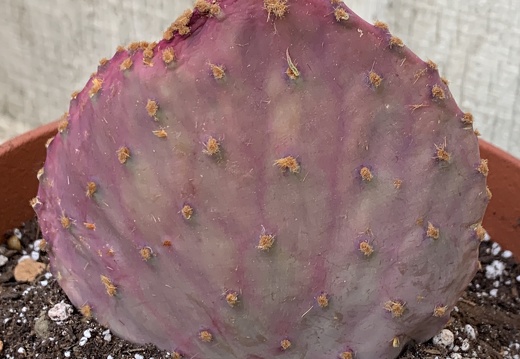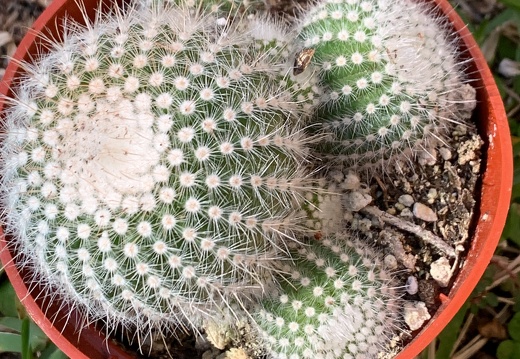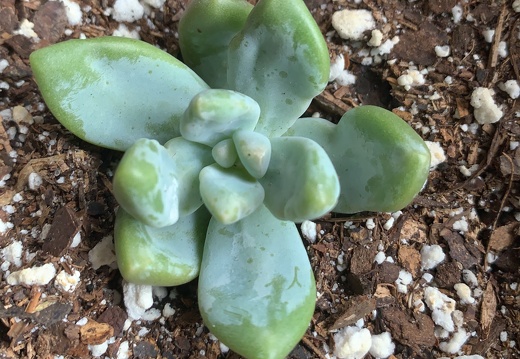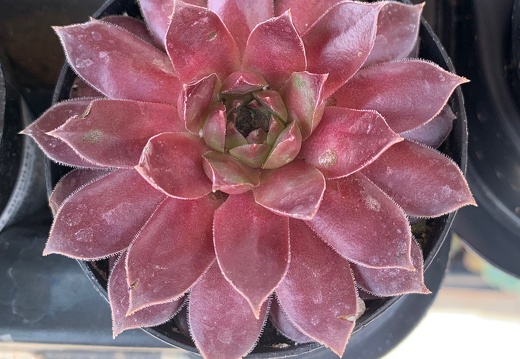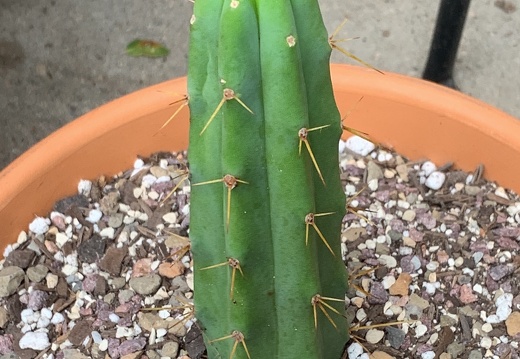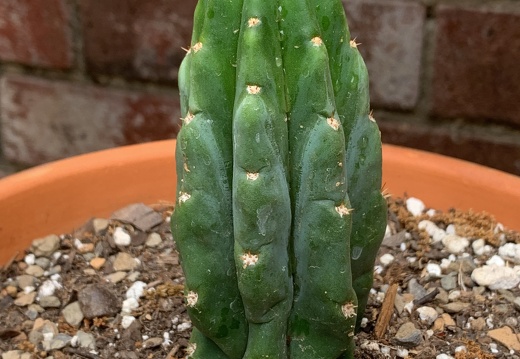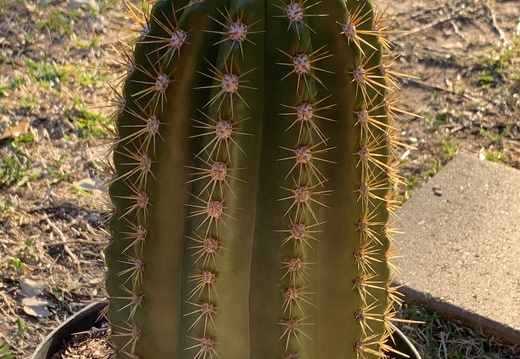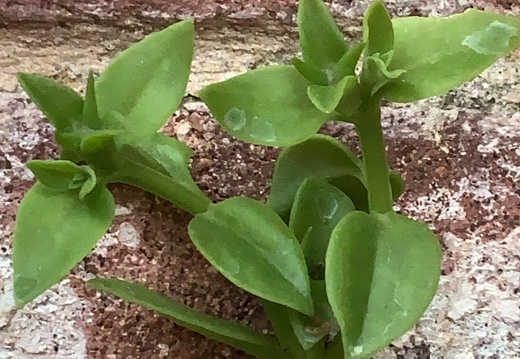
Mesembryanthemum Cordifolium
Scientific name: Mesembryanthemum cordifolium
Family: Aizoaceae
Kingdom: Plantae
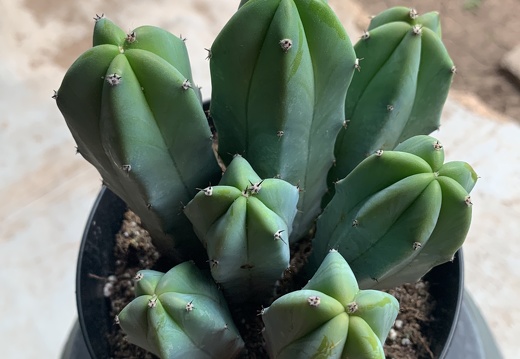
Myrtillocactus Geometrizans
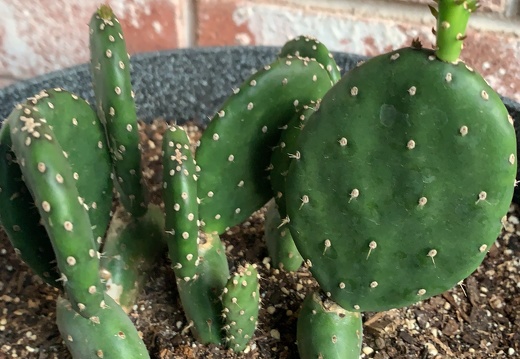
Opuntia
Scientific Name: Opuntia
Family: Cactaceae
Kingdom: Plantae
Tribe: Opuntieae
Order: Caryophyllales
Sun Exposure: Full Sun
Bloom Time: June to July
Zones: 9-11
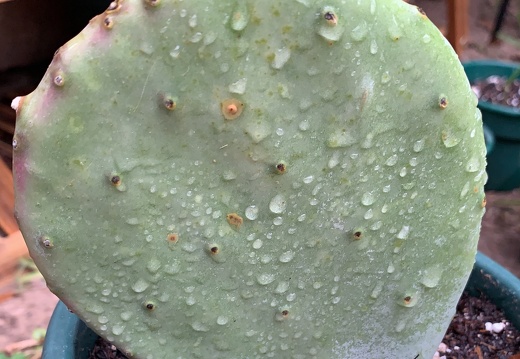
Opuntia Cacanapa Ellisiana
The plants are variable in size, but can form shrubby trees from 1 to 2 m tall. They grow intermixed with other shrubs and small trees, often on limestone derived soils. The glaucous pads are pale and not dark green. Cladodes are 15 to 20 cm long and may be broadly elliptical, obovate, ovate, or most often circular. The flowers are a rich, canary yellow (rarely orange or red) and have a prominent green stigma. The leaves are notable because they recurve strongly.
'Ellisiana' is a special selection of O. cacanapa that has no spines and no glochids. Thus, it is smooth to the touch. It is moderately cold hardy and is used in cactus gardens as far north as New Mexico, Oklahoma and northern Virginia.
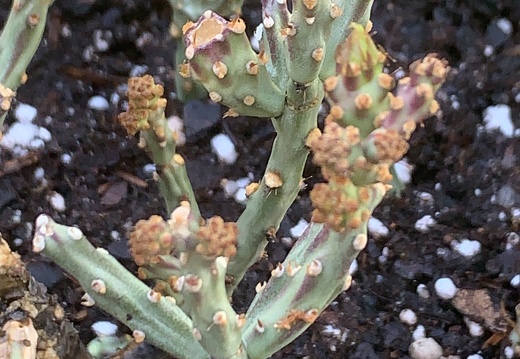
Opuntia Leptocaulis
OPUNTIA LEPTOCAULIS- Called "Christmas Cholla", "Pencil Cholla", "Desert Christmas Cholla", "Teddybear Cholla", and "Teasajillo" in Spanish. Another listed scientific name is Cylindropuntia lepocaulis.
A pretty, but prickly native of the Sonora Desert of California to Arizona, and Northern Mexico, all the way to Texas. Very attractive yellow flowers when blooming, this plant has long spines, many glochids- make great security fence! The fruits can be eaten when ripe, generally in December, and can be mildly intoxicating. Green fruits can be boiled and eaten as a veggie. Winter hardy and fairly easy to grow in most climates where it does not freeze for long periods of time. These like heavier soils like the desert flats they are found in naturally. These can reach from 1 to 6 feet high.
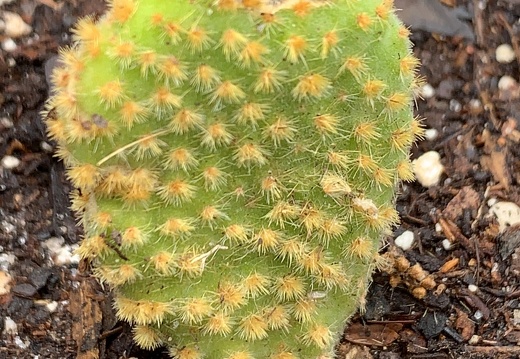
Opuntia Rufida
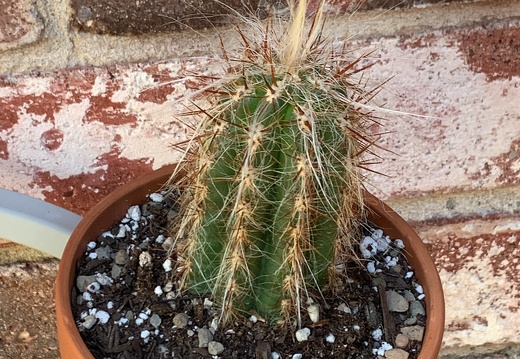
Oreocereus Celsianus
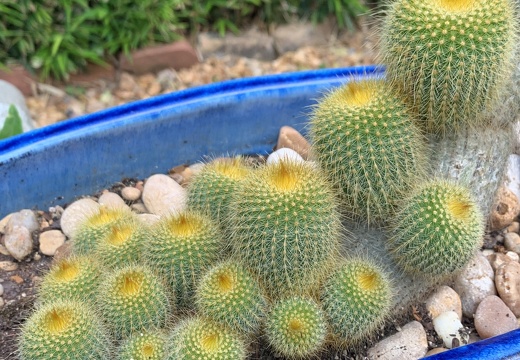
Parodia Leninghausii
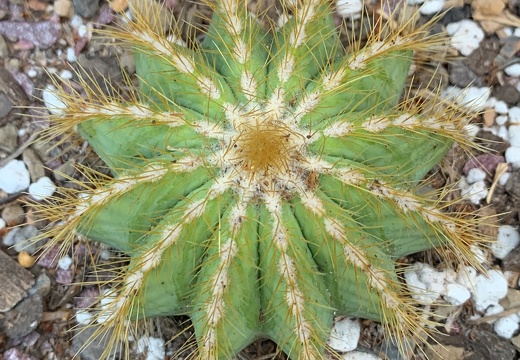
Parodia Manifica
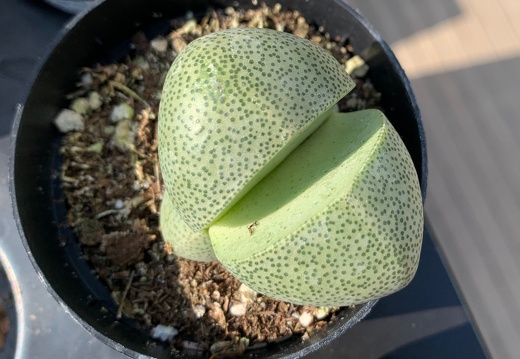
Pleiospilos Nelii
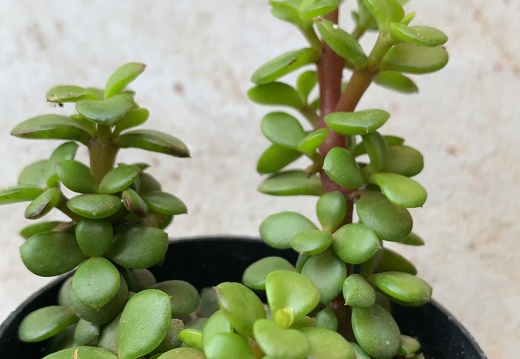
Portulacaria Afra
Family: Didiereaceae
Kingdom: Plantae
Order: Caryophyllales
Species: P. afra
Height: 8-12 feet tall
Temperature: 70 to 85 degrees Fahrenheit
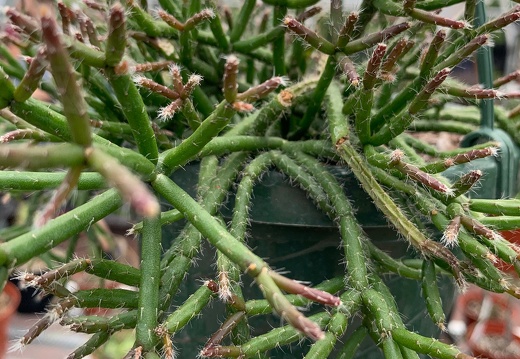
Rhipsalis Pilocarpa
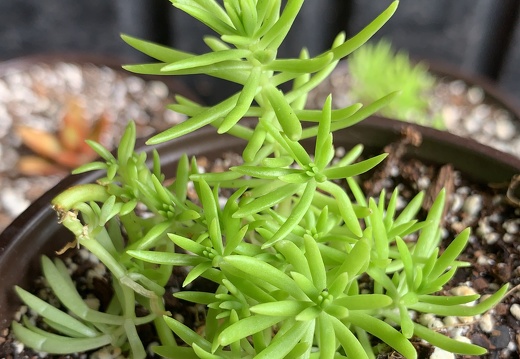
Sedum Mexicanum
Sedum mexicana
Mexican Stonecrop Mexicana Sedum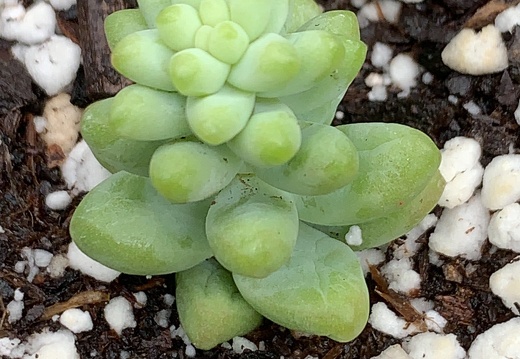
Sedum Morganianum
Phonetic Spelling: SEE-dum mor-gan-ee-AY-num
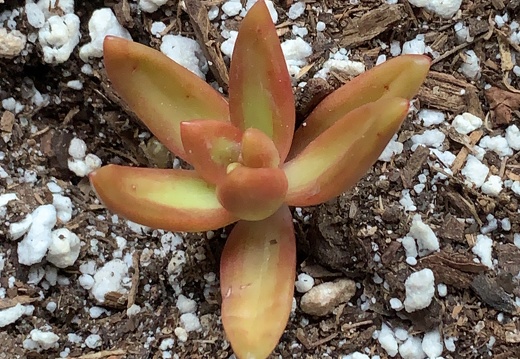
Sedum Nussbaumerianum
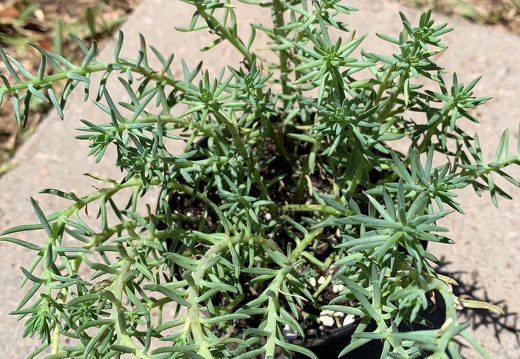
Sedum Reflexum
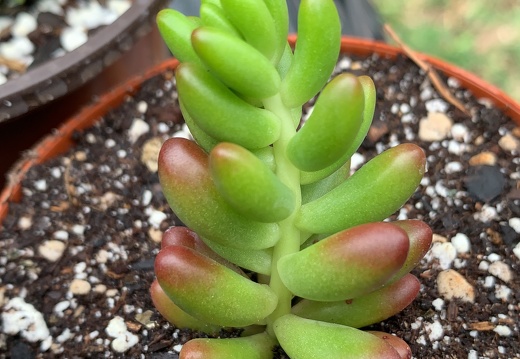
Sedum Rubrotinctum
Scientific Name: Sedum Rubrotinctum
Family: Crassulaceae
Kingdom: Plantae
Native Range: Mexico
Genus: Sedum
Species: Pachyphyllum
Height: 6-12 inch
Spacing: 24-36 inch
Sun Exposure: Full Sun
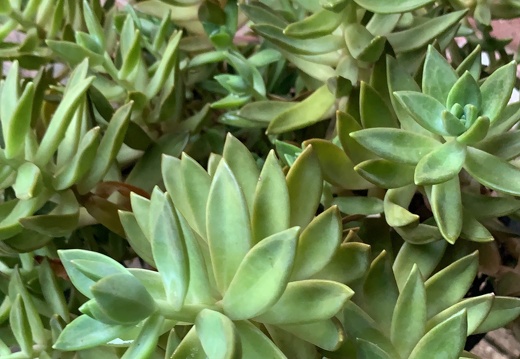
Sedum Sediforme
Family: Crassulaceae
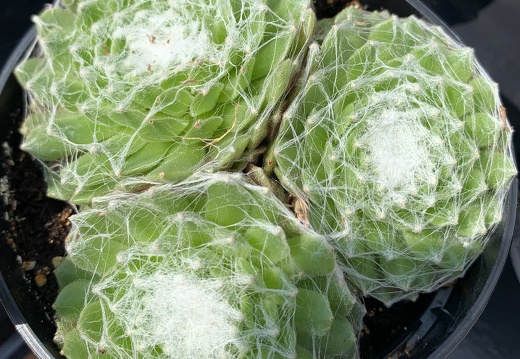
Sempervivum Arachnoideum
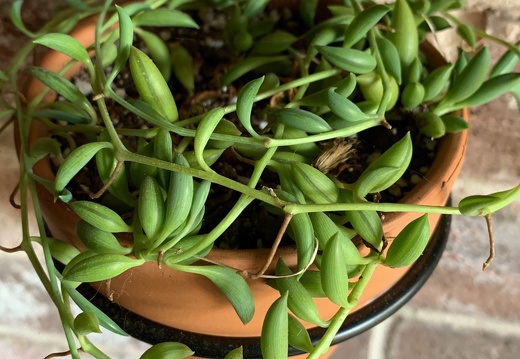
Senecio Radicans
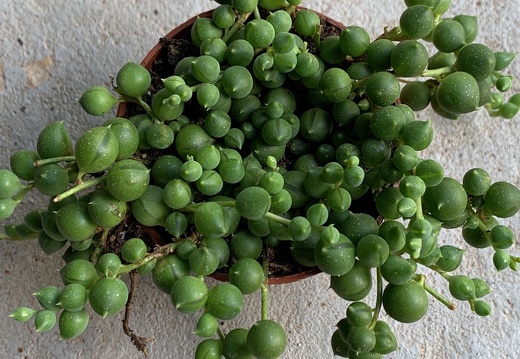
Senecio Rowleyanus
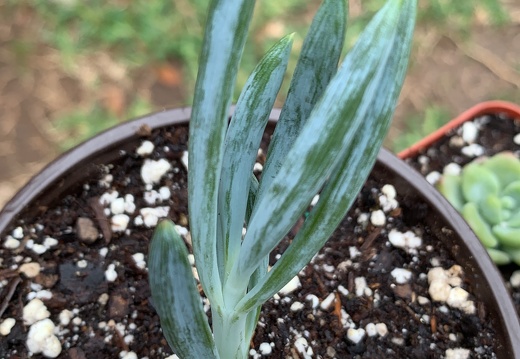
Senecio Serpens
Scientific name: Senecio serpens
Higher classification: Curio
Rank: Species
Plant Type: Cactus - Succulents
Plant Family: Senecio
Soil Type: Sand
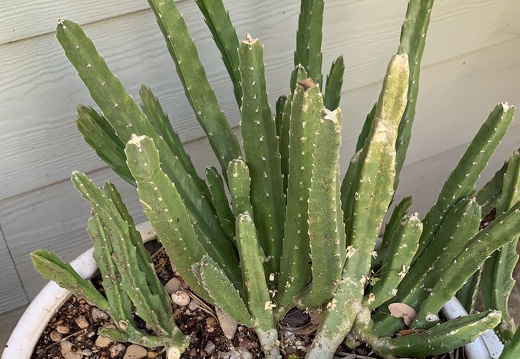
Stapelia Gigantea
Family: Apocynaceae
Species: S. gigantea
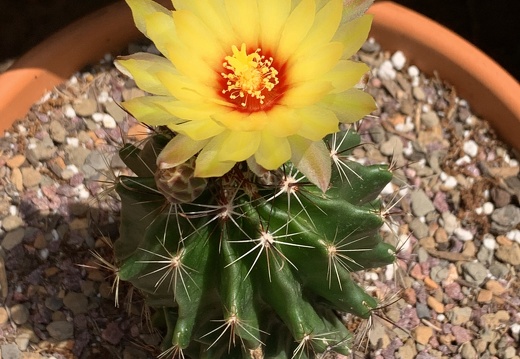
Thelocactus Setispinus
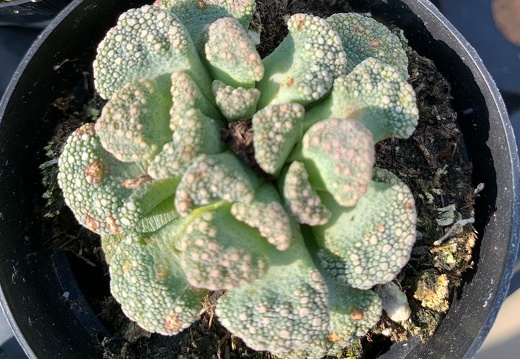
Titanopsis Calcarea
